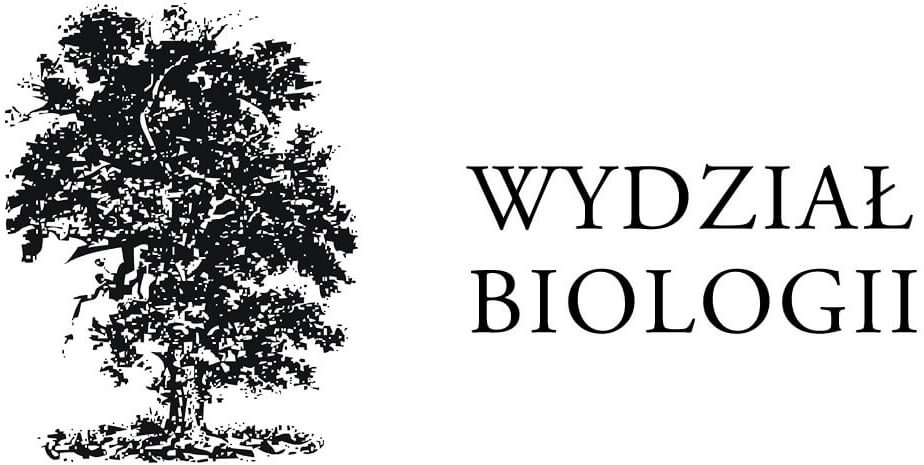The power of regeneration: discoveries in stem cell research
Prof. Maria Anna Ciemerych-Litwinienko with collaborators
Prof. Edyta Brzóska-Wójtowicz with collaborators
Stem cells are characterized by an extraordinary ability to participate in regeneration – they can self-renew and differentiate into other types of cells. This makes them irreplaceable in repair processes. When the body is injured or diseased, these cells are mobilized to accelerate healing and support the repair of damaged tissues.
The research team focuses on the use of pluripotent stem cells (PSCs) in the therapy of skeletal muscle injuries and degenerative diseases such as muscular dystrophies. It has been discovered that microRNAs, such as miR181, stimulate the differentiation of PSCs into skeletal muscle cells. Through microRNA, these cells can support muscle regeneration and the formation of neuromuscular junctions. Other studies have shown that the stromal cell-derived factor (SDF-1) acts as an “alarm” in the tissue, attracting stem cells to the damaged area. Manipulating the levels of microRNAs dependent on SDF-1 enhances the regenerative potential of these cells. This discovery is a step toward innovative stem cell-based therapies that may, in the future, support the treatment of damaged tissues and organs.
MODERN APPLICATIONS:
Stem cell therapies can support the regeneration of various tissues and organs, including skeletal muscles, and treat degenerative diseases such as muscular dystrophies.
FIGURE CAPTIONS:
Top: The image shows a fragment of a mouse organoid derived from stem cells that were modified to overproduce miR181. Red color represents developing muscle fibers. The image was taken using an advanced light-sheet microscope.
Bottom: The top panel shows a diagram depicting the action of the growth factor SDF-1 in the process of skeletal muscle regeneration. The bottom panel shows confocal microscopy images of cross-sections through a damaged and reconstructed Soleus muscle. Laminin, a protein surrounding muscle fibers, is marked in red.
RELATED PUBLICATIONS:
Prof. Edyta Brzóska-Wójtowicz’s group
- Mierzejewski B, Ciemerych MA, Streminska W, Janczyk-Ilach K, Brzoska E. (2023) miRNA-126a plays important role in myoblast and endothelial cell interaction. Sci Rep 13:15046. doi: 1038/s41598-023-41626-z
- Kowalski K, Dos Santos M, Maire P, Ciemerych MA, Brzoska E. (2018) Induction of bone marrow-derived cells myogenic identity by their interactions with the satellite cell niche. Stem Cell Res Ther 9:258. doi: 1186/s13287-018-0993-z
- Kowalski K et al. (2017) Stem cells migration during skeletal muscle regeneration – the role of Sdf-1/Cxcr4 and Sdf-1/Cxcr7 axis. Cell Adh Migr 11:384-398. doi: 1080/19336918.2016.1227911
- Kowalski K, Archacki R, Archacka K, Stremińska W, Paciorek A, Gołąbek M, Ciemerych MA, Brzoska E. (2016) Stromal derived factor-1 and granulocyte-colony stimulating factor treatment improves regeneration of Pax7-/- mice skeletal muscles. J Cachexia Sarcopenia Muscle. 7:483-96. doi: 1002/jcsm.12092
- Brzoska E, Kowalski K, Markowska-Zagrajek A, Kowalewska M, Archacki R, Plaskota I, Stremińska W, Jańczyk-Ilach K, Ciemerych MA. (2015) Sdf-1 (CXCL12) induces CD9 expression in stem cells engaged in muscle regeneration. Stem Cell Res Ther 6:46. doi: 1186/s13287-015-0041-1
RELATED PROJECTS:
Prof. Edyta Brzóska-Wójtowicz’s group
- The novel strategies for supporting skeletal muscle regeneration – the potential role of microRNA-126 – OPUS grant, National Science Centre (NCN), 2023-2027, PI: E. Brzóska-Wójtowicz
- The potential role of microRNA in stem cells migration during skeletal muscle regeneration – Opus grant, National Science Centre (NCN), 2017-2022, PI: E. Brzóska-Wójtowicz
- Aktywacja mobilizacji komórek macierzystych ze szpiku kostnego do regenerujących mięśni –Iuventus Plus grant, MNiSW, 2012-2014, PI: E. Brzóska-Wójtowicz
- Stymulacja regeneracji mięśni szkieletowych – potencjalna rola cytokiny SDF-1 – Polpharma Scientific Foundation grant, 2009-2011, PI: E. Brzóska-Wójtowicz
